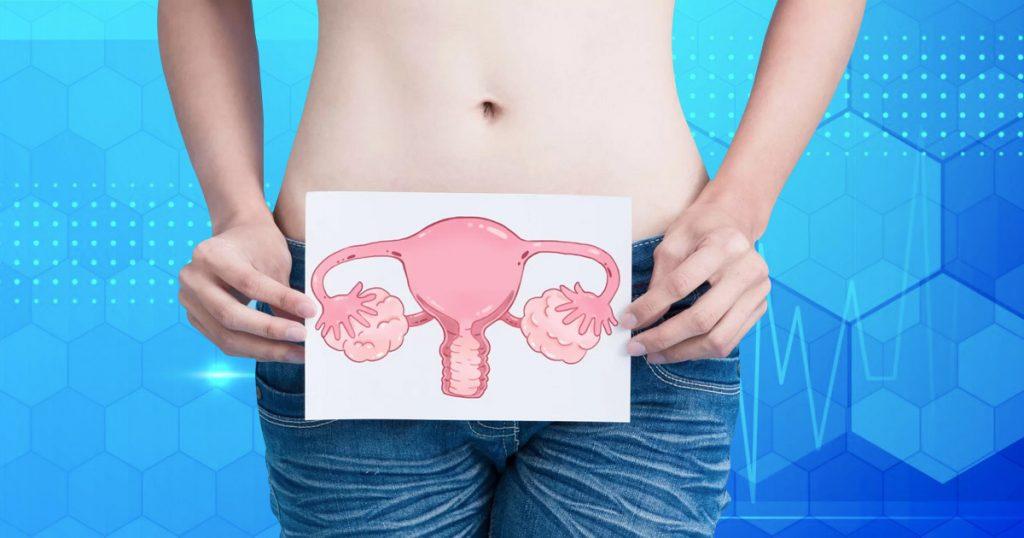When thinking about surgery, many patients worry about how successful the procedure will be. This concern isn’t just about how well the surgery works right away, but also if it will continue to be effective over time and whether the problem might come back. The success rate is very important because it can influence whether a patient decides to have surgery or not. For many, the hope is that the surgery will provide lasting relief, but the fear that the issue might return is a big worry.
A study shows that fibroids can come back in up to 60% of women within five years after a myomectomy, which highlights the need for patients to carefully consider all the risks and benefits. This chance of recurrence often makes people think about other treatments or non-surgical options that might offer a better quality of life without the same risk of the problem returning.
What is Uterine Fibroids?
Uterine fibroids are growths that develop in or on the uterus, and they aren’t cancerous. They’re most common in women during their reproductive years. While some women might not notice any issues, others can find fibroids quite troublesome.
The exact reasons why fibroids appear aren’t completely clear, but they seem to be connected to hormone levels, genetics, and lifestyle factors like what you eat and how stressed you are. Here are some common symptoms of fibroids:
- Heavy menstrual bleeding
- Long-lasting periods
- Pelvic pain or lower back pain
- Frequent urination
- Pain during intercourse
To manage fibroids, one option is surgery called a myomectomy, which removes the fibroids but keeps the uterus intact. However, people often worry about how successful this surgery is.
How Myomectomy Works and What to Expect
A myomectomy is a surgery to take out fibroids from the uterus without removing the uterus itself. This can be done in a few ways, like through a cut in the belly, using small tools with cameras (laparoscopy), or going through the vagina with a camera (hysteroscopy). The choice depends on how big the fibroids are, how many there are, and where they are located. During the surgery, the doctor removes the fibroids and fixes the uterus, aiming to ease symptoms and keep the possibility of having children.
After the surgery, many people notice that symptoms like heavy periods and pelvic pain get better. Recovery times differ, but most can get back to their usual activities within a few weeks. This relief can greatly enhance one’s quality of life.
Still, there’s an important question about how well myomectomy works over the long term. Even though it helps at first, fibroids can sometimes grow back. This brings up concerns about how soon they might return and what that means for the future. Knowing these risks helps people decide if myomectomy is the best choice for their situation.
Is Myomectomy Worth It?
Deciding whether to have a myomectomy can be challenging, especially with the possibility that fibroids might return. For many women, the surgery quickly relieves symptoms like heavy bleeding and pain, significantly improving daily life. It also keeps the door open for having children. Generally, myomectomy is quite successful at easing symptoms, with many experiencing noticeable relief.
However, it’s important to think about the chance of fibroids coming back. While the procedure works well in the short run, fibroids can regrow in some cases, often within a few years. This can differ from person to person, so it’s essential to talk to your healthcare provider about your unique situation to weigh the long-term benefits and risks.
When deciding whether to get a myomectomy, consider how much your symptoms affect your daily life and your personal health goals. If fibroids return after the surgery, you have options like another surgery or exploring different treatments and lifestyle changes to manage symptoms. Making this decision involves balancing the immediate benefits against the possibility of recurrence, and having a detailed discussion with your doctor can help you make the best choice for your health and future.
How to Reduce the Risk of Recurring Fibroids Following Myomectomy
After a myomectomy, there are several ways to help keep fibroids from returning. Start by making some lifestyle changes. Eating a healthy diet full of fruits, vegetables, and whole grains while cutting down on red meat and processed foods can help balance hormones and may reduce fibroid growth. Regular exercise is also important, as it helps you stay at a healthy weight, which is essential since extra weight can affect hormone levels.
Keeping up with your medical appointments is also crucial. Regular visits to your doctor can help spot any changes early on. Talk to your doctor about hormonal treatments or medications that might help prevent fibroids from coming back.
Managing stress is another key factor. Try activities like yoga, meditation, or anything that helps you relax. Stress can affect your hormones, so keeping them under control is another way to support your health and reduce the risk of fibroids returning. You can try to avoid fibroid formation following a myomectomy by following these instructions.
